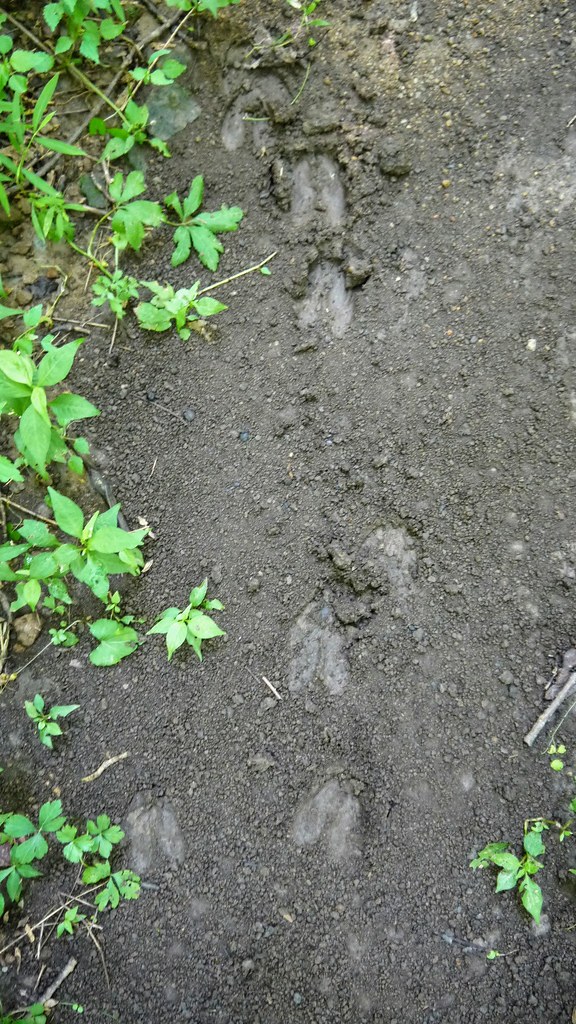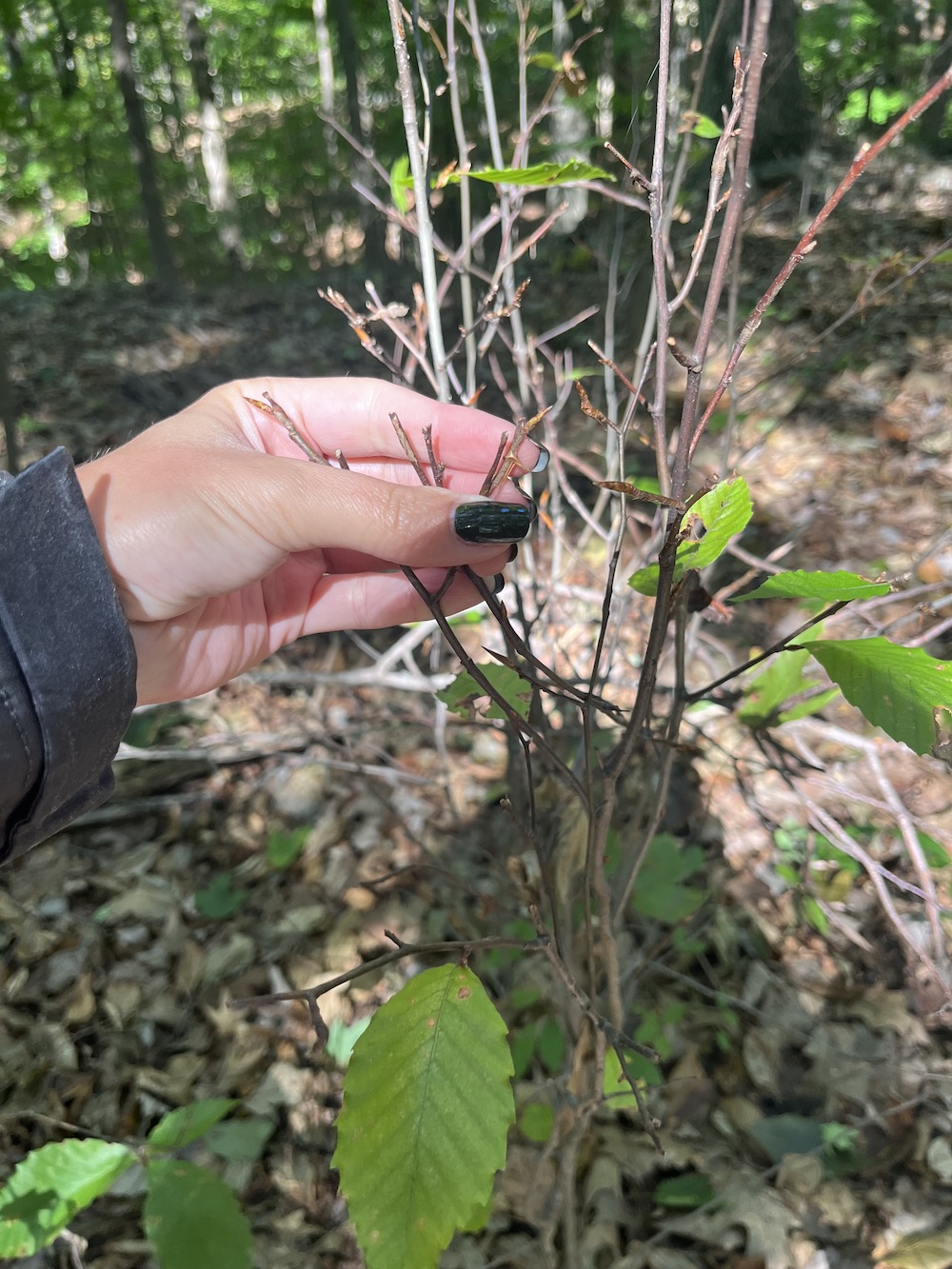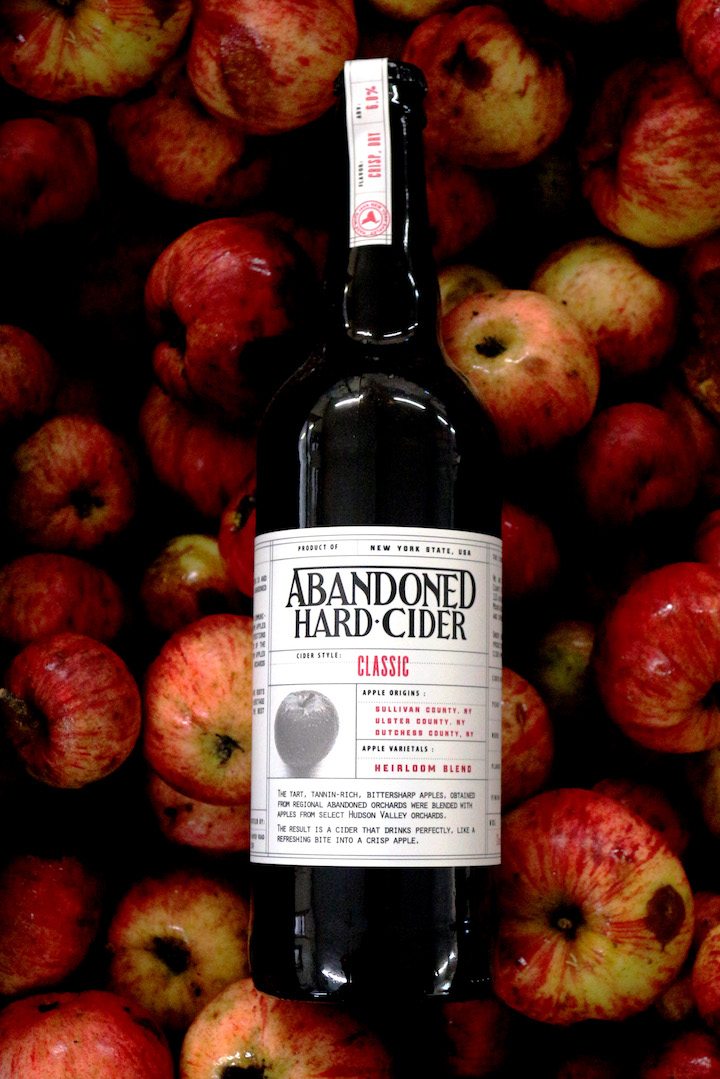How can you tell if deer are overpopulated in your woods?
Sometimes, healthy forest ecosystems become off-balance, as is the case in many forests in New York. In the Hudson Valley, human activity has caused a shift in forest dynamics that’s resulted in many concerns, one of the most prominent being the overpopulation of deer. Deer in this region have few predators, save the odd hunter or the more likely collision with a car, so it’s not surprising to see that their numbers have exploded. When deer populations grow too large the forest can suffer. Deer are hungry herbivores and will eat right through the understory, which makes regeneration difficult. The only plants left behind are ones that they leave alone; a few unpalatable natives and invasive species that they’re unfamiliar with.
If you own a woodlot you might be wondering if deer are negatively impacting your forest. If they’re too numerous you may want to take action to reduce their impact. But how can you tell if there’s a problem in the first place? Here are signs you can look for to learn if deer are frequenting your woods:
- Deer tracks and scat- The first sign is one of the surest ones. If you see deer hoof prints in mud or snow, then you know deer are at the very least walking through your property. Pay attention to how big and numerous tracks and scat are and in which direction they travel, and you can learn more information like how big the herd is, if there are fawns present, and if they’re establishing consistent trails. Once you get used to seeing tracks, you may start to see more hard-to-find clues, like deer beds, fur, or a shed antler. Deer tracks are pictured below, and you can see more content on MyWoodlot about how to Identify Wildlife Tracks and Improve My Animal Tracking Skills.


- Buck rub- Deer leave behind tracks not just on the ground, but in the trees, too. Bucks will rub their antlers on saplings to mark their territory and remove the velvet tissue that sheds from the antlers in the fall. This rubbing strips the bark off young trees, which can kill them. If you see shredded bark on saplings approximately 3 or 4 feet off the ground like in the picture below, then you’ve got bucks.

- Deer browse- This is the most important sign to watch for in terms of forest health. Deer may be eating the understory in large enough numbers that they’re seriously reducing biodiversity in your woods.
- If you have tall, mature, trees but very few understory plants, odds are you have heavy deer pressure. A healthy forest will have multiple layers of vegetation: an herbaceous layer on the forest floor, a shrub layer just above that, and several layers of trees ranging in size from understory to canopy. If you’re able to walk freely through your woods during the growing season, like is possible in this picture, then you’re missing an important part of your forest. Sometimes it’s very clear that deer have eaten the missing layer because you’ll see a hard browse line at around 4-5 feet high. It’s also possible other factors are limiting growth in your woods, like lack of light. This, compounded with high deer pressure, can create a barren forest floor.

- Take a close look at the low growing plants that you do have and you might see where deer have physically nibbled twigs and leaves. While other herbivores in the forest may eat the same plants as deer, you can usually tell what kind of critter did the munching by where and how the plant was bitten. If it was a couple of feet off the ground and the break looks like a clean snap, it was most likely deer.

- If you have tall, mature, trees but very few understory plants, odds are you have heavy deer pressure. A healthy forest will have multiple layers of vegetation: an herbaceous layer on the forest floor, a shrub layer just above that, and several layers of trees ranging in size from understory to canopy. If you’re able to walk freely through your woods during the growing season, like is possible in this picture, then you’re missing an important part of your forest. Sometimes it’s very clear that deer have eaten the missing layer because you’ll see a hard browse line at around 4-5 feet high. It’s also possible other factors are limiting growth in your woods, like lack of light. This, compounded with high deer pressure, can create a barren forest floor.
So once you’ve scouted out your woods you may be wondering what to do now, especially if you’ve realized you do have a deer problem. Here are some next-step options:
- Go hunting- You, or a hunter to whom you allow access, could cull some of the herd while putting meat on the table in a carbon-friendly, sustainable way. You can learn more about hunting and how to lease your land to hunters on My Woodlot. Make sure you follow all local regulations, even on your own property
- Install a deer fence- If you have sections of your property that you want to keep deer excluded from, putting up a fence might be the right move for you. They can be installed in a wide variety of styles to fit your needs and budget, and if your property is in the NYC Watershed, we can even help cost share the project.
- Protect trees- You can tube baby trees to help them reach maturity. Protecting individual trees from deer works in much the same way a deer fence does, just on a smaller scale.
- Establish an AVID plot- If you want to collect more data before making any moves, you can set up an Assessing Vegetation Impacts from Deer (AVID) plot. These plots have been established at all four of our Model Forests.
Deer are a force to be reckoned with, and there’s a lot to learn about how they affect your woods, but the first step to addressing deer on your property is to understand if they’re posing a threat. If it turns out that they are causing trouble in your woods and you want the help of a professional, don’t be afraid to reach out to a forester. If you want to read more, check out the related MyWoodlot links below:
- Address deer impacts
- Protect Young Trees from Deer: A Smorgasbord of Options
- MyWoodlot Directory (links to deer fencing demonstrations and Watershed Qualified Foresters)






